Verizon Makes Case for Small Cells as Building Blocks to 5G at Demonstration in Warren
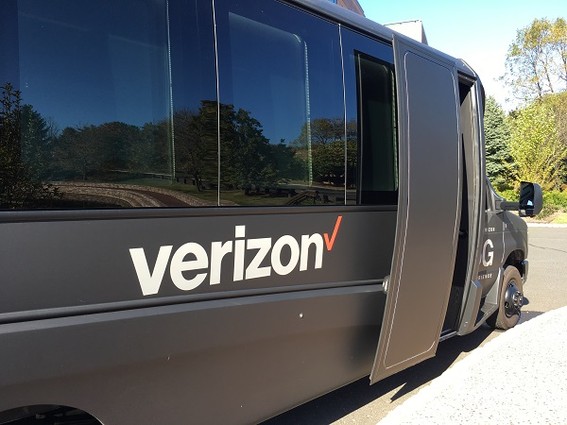
Recently, Verizon hosted the press and a number of government officials at a demonstration of 5G capabilities in Warren. The company’s goal was to increase awareness of the need to bring 4G small cells to towns around New Jersey in order to lay the groundwork for 5G.
“A big part of the 5G story is allowing us to build out 4G,” said spokesman David Weissmann. “We are making the investments today to deploy small cells into a lot of towns around New Jersey. … When we launched 3G, and we were the first U.S. carrier to launch 3G, the analysts asked us, ‘Why do you need that much speed?’ The same thing happened with 4G. …We are now at the forefront of launching 5G, and we are hearing less of that, but some of that conversation still resonates.”
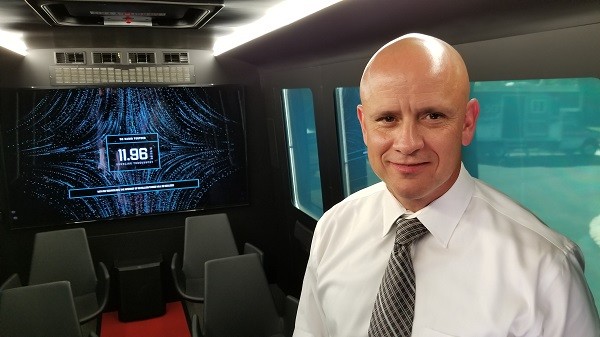
“In order to deploy 5G, we will need to have densification of our network, and a big part of that story is small cell deployments,” said Brae Legg, Verizon wireless 5G network brand ambassador and mobile lab manager. These small-cell network nodes are two or three feet high and use small antennae and radios. The cells don’t replace towers, but work with them to create ideal network coverage, a spokesman said. Verizon needs to put microcells on tops of buildings and on light and utility poles, “wherever necessary to get it to the people who need it,” Legg added.
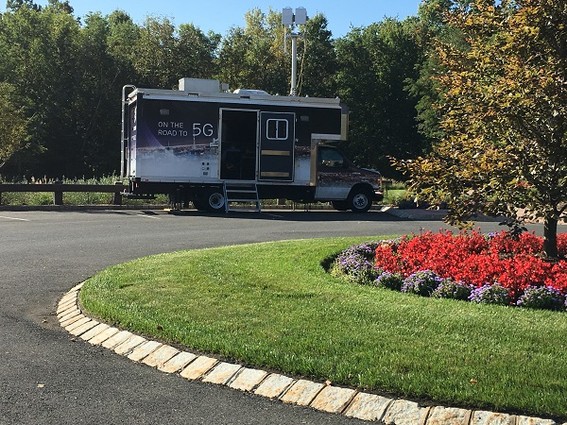
Verizon has put together a “cell on light truck” (COLT) which it compared to a portable cell tower. In the future, 5G transmissions will take place from fixed cell towers. For the demonstration, Ericsson provided a 5G base station transmitting over a 28GH spectrum, with a bandwidth of 800 MHz, according to Pi Luo, an RF specialist, and Abjar Chamoun, a senior support specialist. “We need so much bandwidth to provide the high-speed data that we are sending to the 5G bus. Inside the bus, you will see 10 or 11 gigabits of throughput,” Chamoun said. The speeds and throughput broadcast for about half a mile.
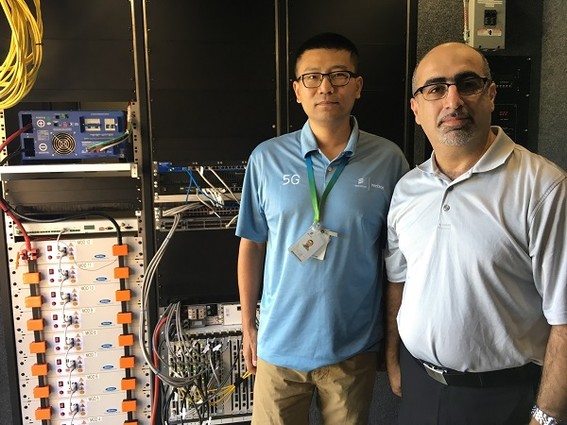
With 5G, users will experience fast speeds, low latency and the ability to have 4K-to-8K video for gaming, virtual reality or other applications. “If you want to download a movie, you can do it within 6 seconds,” Legg said. While speed is impressive, latency (the delay before data transfer begins following the instruction for its transfer) is more important. For example, if you have a doctor in the city performing a robotic operation on a rural patient, latency is going to be critical for the robotics to work well. Also, 5G will support mobility and applications such as vehicles talking to each other, Legg said.
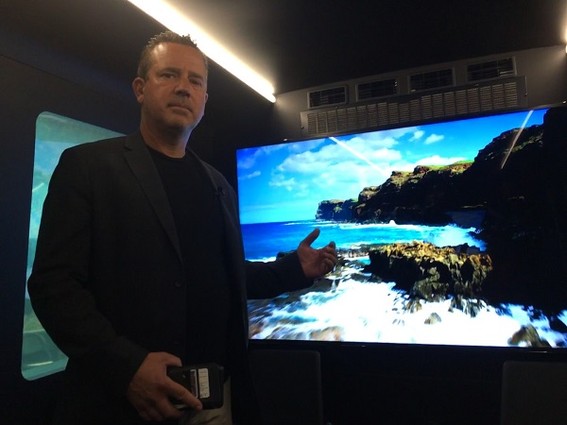
Verizon is testing in 11 markets, and one of the test markets is in Bernardsville.
The bus was equipped with a screen that showed that Verizon was getting 10 gigabits/second of throughput on that day. Currently, 4G is in the megabits/second range, so 5G is almost 100 times faster than current 4G network.
One of the biggest uses consuming large amounts of bandwidth on the 5G network will be high-definition 4K video, Verizon believes. One of the demonstrations involved a 4K video that resided on the COLT truck and was transmitted over the 5G network. “Every pixel you see, every drop of water you see, is being transmitted over the 5G network,” Legg noted.

